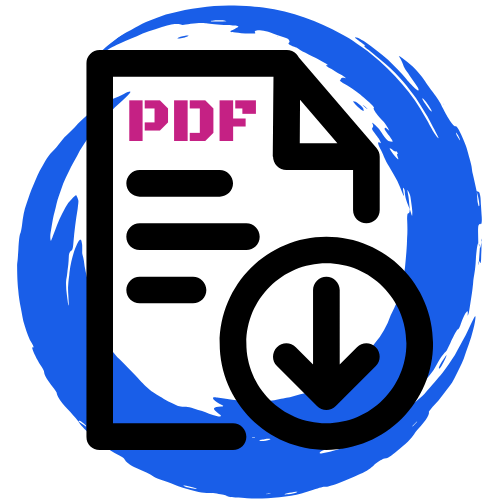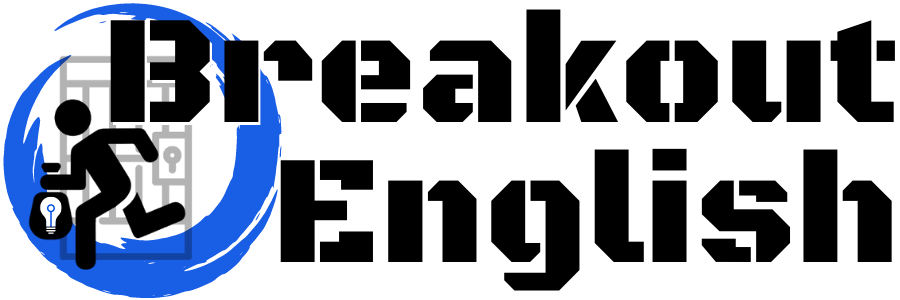Teaching exam preparation classes is a requirement for many teachers nowadays, but dull, dry and depressing don’t have to describe your classes. There are many ways to put a lively and entertaining twist on exam activities with just a little bit of imagination. Here are some of my favourite fun activities for exam classes for each section of either the Cambridge or Trinity exams.
This blog post is based on a training session that I did for the first time at the ACEIA Sevilla ELT conference in November 2019. Thank you to ACEIA and CLIC International House Sevilla for sponsoring me and allowing me the time to sit down and think of ideas.
Contents
Why should you include fun activities in exam classes?
Exam classes aren’t like other classes. Arguably, they are faster-paced, more difficult and include the high-risk factor of possibly failing an exam at the end. These elements lead people to the assumption that exam class have to be long, tedious trudges through exam papers to make sure students are constantly focussed on the exam. However, while authentic exam practice definitely has its place in an exam preparation course, it should by no means be the only focus.
Click here to learn more about teaching exam classes.
Sally Burgess and Katie Head analysed exam preparation in their book How to Teach for Exams (Pearson 2005). They believe that “classroom activities and teaching techniques that work in general teaching will help to make a successful exams teacher”. This seems like a no-brainer, but you would be surprised how many teachers suddenly forget all their good practices when they step into an exam preparation classroom.
Burgess and Head also state that “student’s creative energy can be tapped in the presentation of materials.” This is very relevant to the following activities. The burden of creativity doesn’t only lie with the teacher. Take a break, take a step back and give the students some freedom (controlled limited freedom of course).
Use of English
For Use of English, I want to focus on the idea of creativity. When we are creating something, we connect with a different part of our brains than traditional learning. Using childhood games, crafts and activities taps into students’ creative side, which helps them to associate your classes and the exam with a fun and carefree time. Consider these steps when designing creative activities for class:
- Think about what you enjoy doing in your free time
- Consider how it can be adapted into a controlled classroom activity
- Create a model to ensure students’ success
- Do one together as a class
- Repeat regularly, not just as a one-off
- Have students create things at home and then use in class
Paper Plane Transformations
When I was a kid, I loved paper planes. I would make them in different ways and see how far they could fly. I even had a book of different designs. So why not turn paper planes into a fun activity for my exam classes?
One of the parts of Use of English which I find useful for creative activities is key-word transformations. With a little training, you can get students making their own transformations. You can then focus in on a language point and get some practice solving each others’ creations. Here’s how to make your own transformations:
- Choose a language point
- Start with the answer sentence
- Decide what key-word will be cut out
- Write a synonymous original sentence
- Check your work!
The twist for this task is to then put that transformation onto a paper plane template, fold it up (best if done together with clear instructions) and let them fly! Print your transformations on scrap paper from previous unused handouts to help save a tree!

Download paper plane transformation template


Writing
Writing for exams is a challenge, but helping exam candidates improve their writing is one of the most rewarding parts of being and exam course teacher. Often there is a noticable difference between the beginning and end of a course. Despite this, writing often gets left out of the actual classes and becomes a homework assignment. I would encourage more writing in class, but make sure it’s writing which helps to improve your students’ skills.
Challenge students to go above and beyond in order to achieve greater depth and increased learning, targeting areas where you know your students struggle helps to prevent avoidance of difficult language. The theory of Demand High was popularised by Adrian Underhill and Jim Scrivener. Follow these steps to apply it in an exam course (in a fun way of course!).
- Design open-ended activities that adjust to student ability
- Provide structure so that students know why they are completing the task
- Improve output by providing input slightly above your students’ current level
- Insist on accuracy
The never-ending sentence
The simple version of this fun exam class activity involves nothing more than a ball and a board. Give your students a set of words and tell them they are going to create a story together. Each student contributes 1 word to the story and then passes the ball around. By challenging them to crate an excessively long sentence, they will be forced to use conjunctions, linkers and subordinate clauses. And the resulting ridiculous sentence is sure to cause a laugh.
To make it more techy, you can create a simple Google form where the students write out the longest sentence possible with a strict time limit. Then link it to a spreadsheet and sort the sentences by number of words. Now you’ve got a healthy competition on your hands!
Following this task, take advantage of the sentences that were produced. Scan them together for mistakes, work on improving them or focus in on a language point like relative clauses or conditionals. The purpose of the task is to develop language after all!

Speaking
Let’s consider the concept of scaffolding. Scaffolding is essentially the idea of breaking down activities into small, achievable tasks which can be completed with a greater degree of success than free activities. Scaffolding activities reduces students’ freedom to complete the activity in unproductive ways, allowing them to focus on the skill they are acquiring while controlling their progress and reducing the teacher’s role. Here’s how to scaffold your tasks:
- Simplify tasks by splitting them up into separate defined steps
- Focus on achieving the final goal by the end of the series of tasks
- Demonstrate tasks at every stage
- Take a step back and let the learner take over
- Work to improve the final product
Work your way up
Giving a twist to speaking activities by making them slightly odd converts a mundane exam task into a fun exam class activity. There are lots of websites with interesting pictures that you can use instead of ordinary ones from exam books. Gratisography is a great resources for slightly wacky pictures that are all free to download and have no copyright restrictions. Once you’ve got a fun task, break that task down and help students along each step of the way. Here’s an example of a speaking task done with Where’s Wally:

Listening
If you know what to expect, you will never be surprised. Use this theory to help students prepare for listening. Prediction is one of the most powerful tools we can take advantage of as teachers and it’s the best tool to turn listenings into fun activities for exam classes.
- Personalise materials by making it about you or by using authentic current materials
- Use guessing games, memory games and other fun activities to increase interest in listening
- Allow time to introduce and follow up on listenings
A numbers game
We often go into the listening classroom, open a book, use a handout and turn on an audio. This may be decent practice and if done well, can be very beneficial to your students. However, it’s not the most interesting task. By personalising listening, you will hold your students attention better and encourage them to listen better. After all, who is more interesting than you?
In my example, I designed a script around a true story that happened to me. In that story I rather artificially plugged in a whole lot of numbers. My students can then try to predict what the story is about using only the numbers and the story’s title. Then, when they listen, students are forced to identify the numbers and what they relate to, honing their skills of listening for specific information. The person who got closest to the actual story is crowned the official clairvoyant of the classroom.


Reading
For reading, I just want to give a quick nod to the value of using authentic materials. You can use authentic materials at any level to motivate students for the exam because if they can understand a real text, then they can understand an exam text. Thy can also be turned into fun activities for exam classes with a little imagination. Consider this when using authentic materials:
- Use unedited materials (websites, articles, leaflets, books, posters, menus, headlines)
- Grade the task, not the text
- Remind students that they don’t need to understand every word
- Design tasks that replicate exam-style activities – this doesn’t have to be reading!
Many of the materials here on Breakout English use authentic materials as a base for an exam style task. Here are a few of my favourites:
- How to do PET Reading Part 1 – Signs and Modals of Obligation
- First (FCE) Song – Shallow – Lady Gaga, Bradley Cooper
- How to do First (FCE) Use of English Part 2 “Open Cloze”
- Describing change and surveys – Language for writing reports
- Christmas Songs Listening







